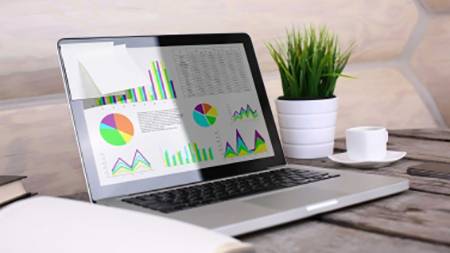From startups to large enterprises, analytics play a critical part in driving today’s marketing strategies. The amount of data available — and what can be done with it — has changed. Yet, just like in the past, analytics most commonly remains static. As Zoomdata explained in its master class on Streaming Analytics and the Internet of Things, analytics often has centered on historical data gathered by transaction systems or has been compiled in data warehouses.
By the time that data was pulled back out and examined, it was likely no longer relevant. Today’s organizations need to respond, act, or pivot in real time based on the most current data. Decisions should be based on the most relevant information available; what a company received last week may no longer apply to the decisions it has to make.
What to Know About Streaming Analytics
For most businesspeople, the concept of streaming analytics is new. Companies like Zoomdata understand the challenge inherent in adopting new technology. Tony Baer, principal analyst at Ovum, broke it down by explaining that streaming analytics is “all about analyzing and making actionable decisions on data while it is in motion.” It focuses on “data that has a very short half life.”
Retailers, for example, use beacon technology in stores to learn what customers are doing. That way, they can make on-the-fly decisions about what to discuss with that customer while he’s in the store. This can ultimately direct the customer toward other products of interest while he’s still available and open to that messaging. Once he leaves the store, the retailer can’t do much with that data.
Technology Led to Streaming Analytics
According to Baer, the convergence of many types of technology helped propel the development of streaming analytics. From cheaper bandwidth to smarter software to the IoT, technology in other arenas has made it possible for streaming analytics to blossom. And it’s only going to move faster: Ovum believes smart devices will account for most of the data on IP networks by 2019.
The potential to use streaming analytics touches many industries, not just the ones that enabled it — and this includes industries in which the IoT is just beginning to find its way into processes. For example, Zoomdata cited industries like manufacturing. “We have machines that are so heavily instrumented that we have basically a huge amount of data coming in split second time, and the idea in manufacturing is that the one thing you really want to avoid is unplanned downtime,” Baer says. “And the idea is that if you basically can monitor all this data in real time as it’s happening and perform these, basically these analytics, you can start to basically nip symptoms in the bud.”
Then, of course, there’s the connected car. Data-oriented vehicles are common today; in the near future, however, they’ll deliver a lot more data. This will happen as more vehicles become connected through wireless networks. These vehicles will send data back to car dealerships and manufacturers and link to smart city grids for streetlights and traffic pattern monitoring. For all of this to work seamlessly, streaming analytics will be necessary.
Streaming analytics’ impact doesn’t just end with physical machines. Cybersecurity can stop hackers and fraudsters before online transactions are completed. The type of real-time data delivery and analysis offered by streaming analytics could end denial-of-service attacks, phishing, identity theft, and other cybercrimes. Hands-on industries like healthcare could also use streaming analytics to improve patient monitoring. Stream processing can assist online capital markets, trading systems, and algorithmic trading. The applications, for now, appear endless.
Using Batch and Streaming Data
According to Zoomdata, it’s important to ensure the analytics tools your business uses support both batch and streaming data. According to Wayne Eckerson, founder and principal consultant at Eckerson Group, “Ideally an analytics tool can analyze both data at rest and data in flight. And ideally they can virtualize between the two.”
By incorporating both types of data in your business, you can visual historical patterns as well as current trends. Plus, streaming information can address short-term and long-term messaging, meaning it can positively impact strategic business decisions. With the advent of new analytical tools and platforms, it’s not as challenging to succeed at using both types of data for new insights — and a true competitive advantage.


